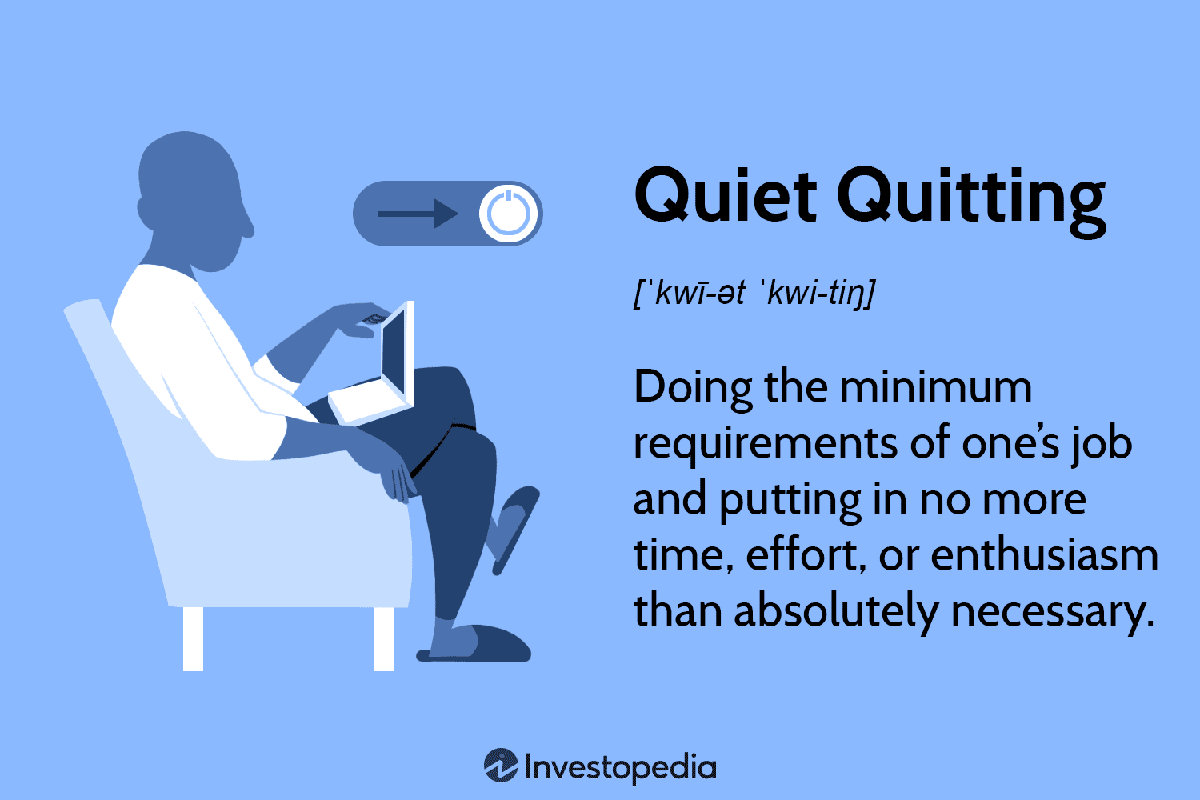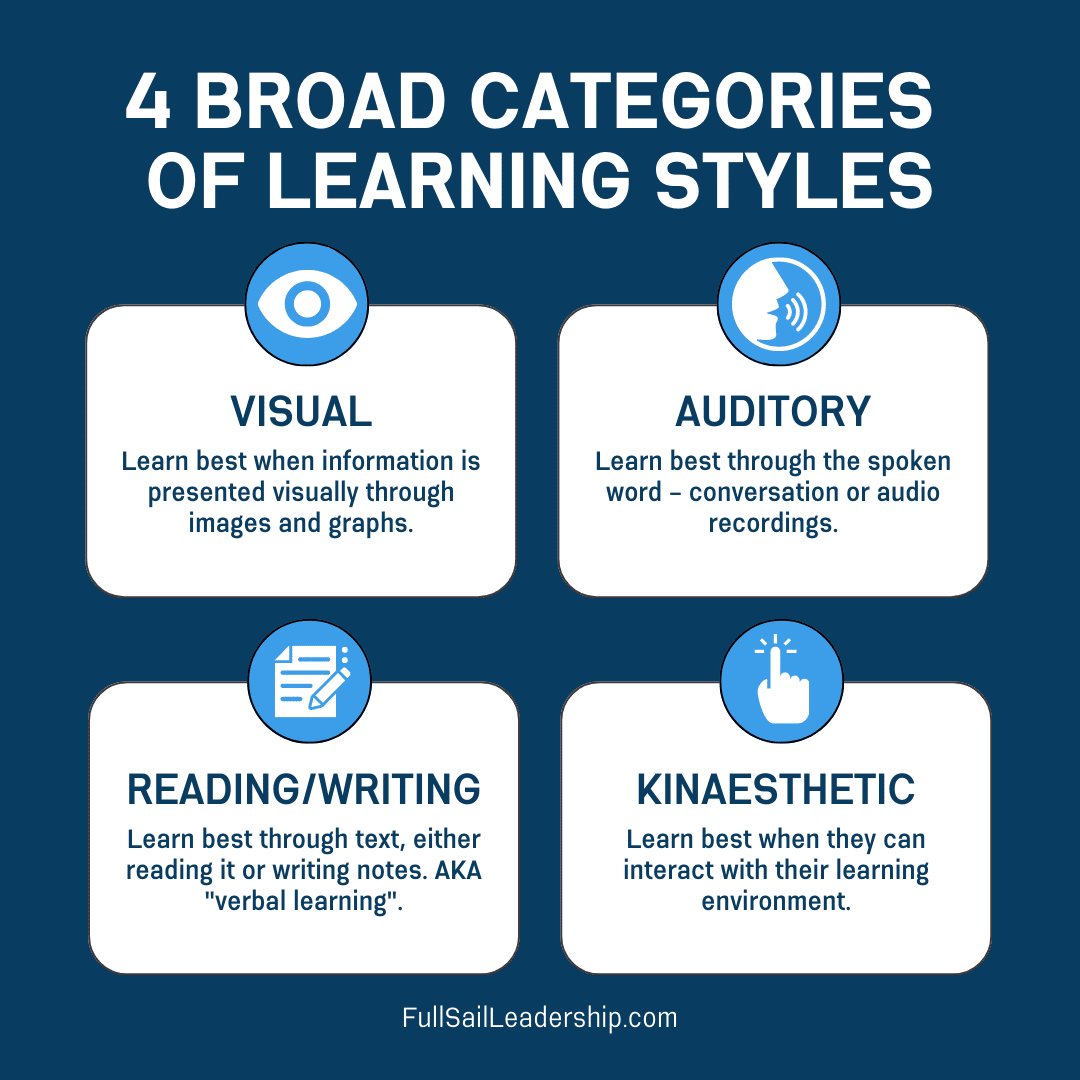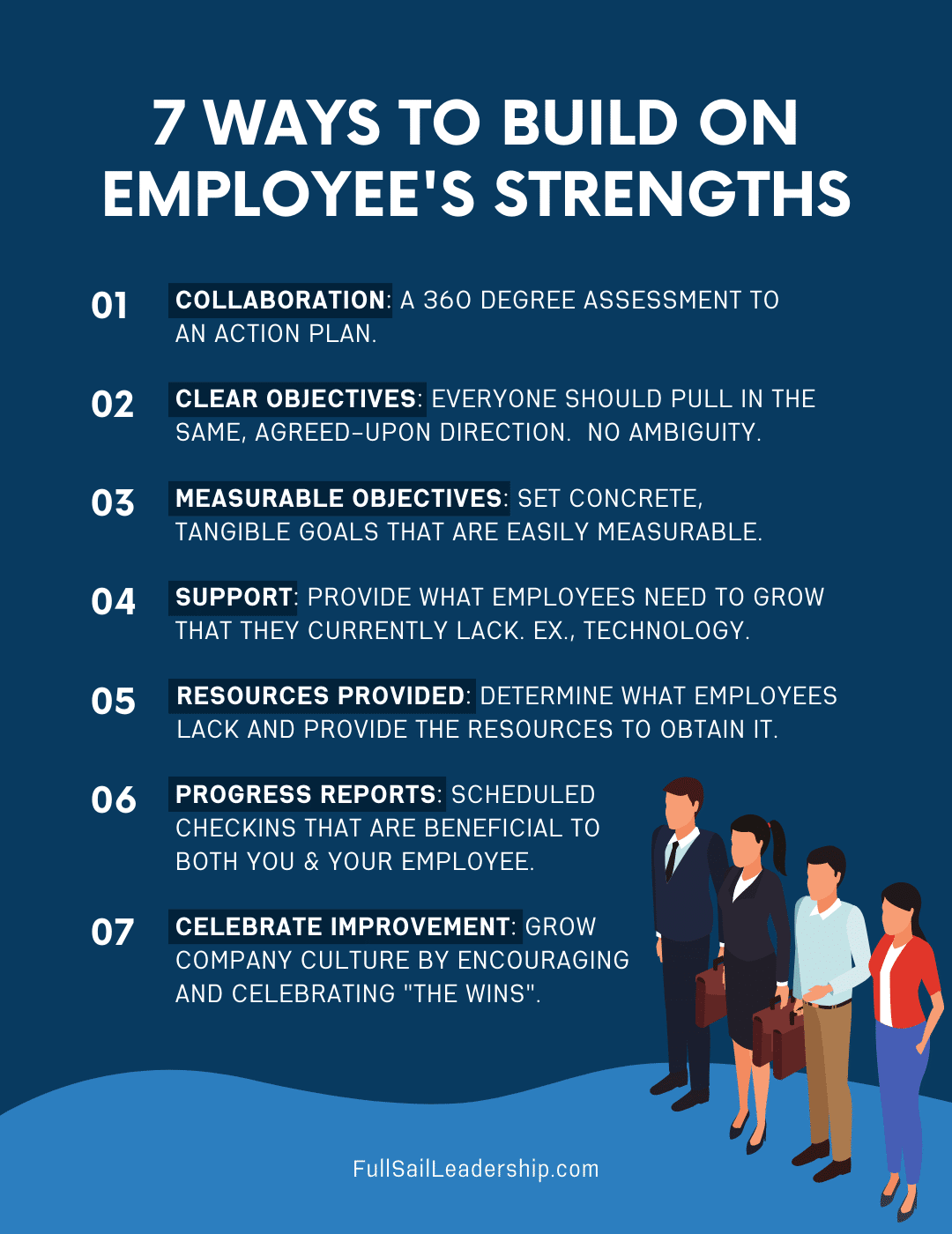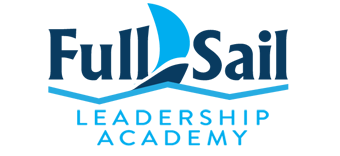How Leading from Your Strengths Maximizes Your Organization’s Potential
“Why are they lying to these kids?”
That’s what comedian Chris Rock thought while attending his daughter’s high school orientation. What lie triggered his concern?
The speaker repeated a common phrase that feels like our culture’s mantra. They said, “If you work hard enough, you can be; you can do whatever you want!”
To this, Rock told his daughter: “You cannot be whatever you want. You can do whatever you’re good at. If they’re hiring!”
Not everyone can be a skipper. Or bowman. Or navigator.
Nor should they try to be. Everyone should be comfortable with and committed to leading from your strengths.
Your organization is bursting with talent, just waiting to be activated. As the captain of your ship, you have the honor of positioning, equipping, and empowering people to thrive – both in work and in life.
The world is aching for steward leaders like you to unleash the goodness, health, and beauty of your team.
Why is it Important to Lead with Your Strengths?
Hard work isn’t intimidating. It may sound counterintuitive, but challenging work is invigorating.
Monotony is draining. Being “miscast” is frustrating.
This is why quiet quitting is so prevalent. It’s not because people don’t want to work.

It’s because they do.
People want to use their strengths to contribute to something meaningful. And as they do, they want to be seen as a holistic human being. Not simply a cog in a machine.
Gallup recently uncovered a shocking and disturbing reality in the American workforce.
- 50% of employees consider themselves quiet quitters
- Only 32% of workers are “engaged” with their work
- 18% of workers are actively disengaged
For those keeping score at home, this is the least engaged workforce in over a decade!
Why are so many so disengaged?
“The overall decline was especially related to clarity of expectations, opportunities to learn and grow, feeling cared about, and a connection to the organization’s mission or purpose.”
You may not be able to solve all of the world’s problems. But you can make the world a better place by addressing these problems and making your workplace better.
Utilize DATA to Convert Strengths into Opportunities
To position your people for success, you need to know them. See them. Value them. Understand them. Release them.
Caring about the person more than their production sets a tone for the workplace – and paradoxically – often increases productivity.
We have found that using DATA helps leaders get below the waterline, understand their employee’s life situations, and provide the support needed for their team to thrive.
DATA is a process of:
- Discovery
- Analysis
- Transformational Tutoring
- Affirmation with Action
Discovery
Get curious. Get uncomfortable. To know your employees’ strengths, you need to know them. This may require asking questions that feel uncomfortable.
Wise leaders understand that what’s happening in an employee’s life impacts their performance.
And vice-versa.
Ask your team members questions that probe deeper than what a cashier at the grocery store may ask.
You won’t be able to rearrange the company’s goals or procedures to accommodate each employee’s specific, evolving needs.
However, you can empathize with them and provide the support they need and deserve, including maximizing their learning styles.
Scholars recognize that people are wired to learn differently. There are four broad categories of learning styles.

The discovery portion of DATA is learning “What.” An analysis is asking, “Why?”
Analysis
Skilled leaders will consider how to chart the course for their team on both the macro and micro levels.
It is important to balance the strengths of individual employees’ strengths with the organization’s strengths.
For example, researchers have found that 65% of the population are visual learners. Most leaders would do well to incorporate visuals into their presentations, company documents, and other forms of communication.
If a team member is primarily an auditory learner, they may need conversations for information to sink in most thoroughly.
If one of your employees seems to be extra chatty, ask why. Perhaps they aren’t trying to be distracting, but rather attempting to learn.
Understanding how your employees best learn will allow you to understand the most effective way to lead your team.
If you discover someone’s performance changes significantly, ask why.
Two employees may react in entirely different ways to the same life circumstance. Some people throw themselves into their work when things are hard at home.
Feeding a workaholic reward system might seem beneficial, but it can be harmful to both individuals and organizations if used as a coping mechanism for personal pain.
More commonly, someone coping with new challenges will struggle in the workplace.
Too often, leaders offer coaching that is mainly transactional. They aim to improve performance without acknowledging the person.
Let me be clear. Business is always personal.
Employees dealing with a crisis in their lives do not need to have ultimatums at work to compound their stress and pain.
Discovery asks, “What.” Analysis asks, “Why.” Transformational Tutoring provides the “How.”
Transformational Tutoring
Now it’s time to take some actionable steps and help your team work from their strengths and maximize their opportunities.
Collaborate with your employees to set clear personal and professional goals. Include timelines. Ensure they have ownership of the goals. Position yourself as a guide who cares deeply about them beyond their productivity.
The growth and its reward are primarily theirs. Any benefit to the company must be sincerely viewed as a nice perk. But not the goal. Otherwise, people may feel objectified.
They deserve better. You can give them better.
Tap into what you’ve gleaned about their preferred learning style. Provide resources that match. Be careful not to think you need to have or be the solution(s).
You just have to know where solutions are and empower people to take steps toward greater health, wholeness, and competency.
Setting goals and expectations for personal and professional growth is good. Providing a clear path to achieve those goals is better.
Empowering people with the resources they need to walk down their personalized growth path and experience the reward of their achievements – that’s the sweet spot.
You should also encourage people to build on their strengths instead of focusing on improving their weaknesses.
But you’re not done yet.
Clarity on its own is powerful. It’s like the sail on a boat. But without wind, the sail isn’t much more than a decoration.
Accountability provides the wind to carry you to the horizon you long for. This is the final step in the DATA process: Affirmations with Action.
Affirmations with Action
Nature abhors a vacuum. Yet when offering affirmation and feedback, far too many leaders leave their team members in a vacuum.
Silence is disorienting. People desire – and deserve – timely, kind, informative feedback.
Too many team members do not know where they stand in their employer’s mind. If an action plan was or is in place, there must be communication on the status of the plan.
It is no wonder that most American workers say they feel adrift or disconnected from their leadership team.
There is no use taking data, analyzing what it means to the employee and the organization, and providing tutors if there is no action plan with affirmation.
An action plan to build on an employee’s strengths should include:
- Collaboration: Consider a 360 approach to an action plan. If possible, include the HR Department to ensure best practices are included.
- Clear Objectives: Everyone should pull in the same, agreed-upon direction. There should not be any ambiguity as to what strengths are being maximized and why.
- Measurable Objectives: Some goals may be more ethereal than others. Still, the GPS shouldn’t be the only guide in their lives to tell them, “You have arrived.” You should tell them as well.
- Support Needed: What does your employee need to grow that they do not currently have? Information? Motivation? Technology?
- Resources Provided: Determine what they are lacking and help them secure it. Even if the goal is primarily personal, your company should “have some skin in the game” to provide the needed resources for improvement.
- Scheduled Progress Reports: If it’s not on your calendar, it won’t happen. Determine a pattern of checking in that will be beneficial and sustainable for the employee and you.
- Celebration of Improvement: What gets celebrated gets repeated. One of the most effective ways to build a culture of growth and encouragement is to celebrate “the win.”

Lead From Your Strengths by Leaning on Support
Are you ready to turn these principles into action? Then join one of our workshops! We have tailored this experience to put the most critical workplace principles into practice.
We’ll get your team sailing on the water to give you perspective you cannot gain in any other way.
You’ll learn the values of teamwork, communication, facing your fears, overcoming adversity, celebrating accomplishments, and more.
Your experience will start with training in the classroom. We’ll ensure everyone is on the same page and understands their role on the team so that we can sail safely.
Then you’ll get out on the water and have a team-building experience you’ll never forget!
After we dock, we’ll debrief the experience with you and your team.
But wait! There’s more!
We’ll work with you to create an action plan, including accountable improvement goals over 12 months.
After that, the future is in your hands.
Will you seize the moment now to shape a new vision for your company’s future? Let’s work together to make the world a better place by making workplaces better.

 (c) 2023 Full Sail Leadership Academy
(c) 2023 Full Sail Leadership Academy
Leave a Reply
Want to join the discussion?Feel free to contribute!